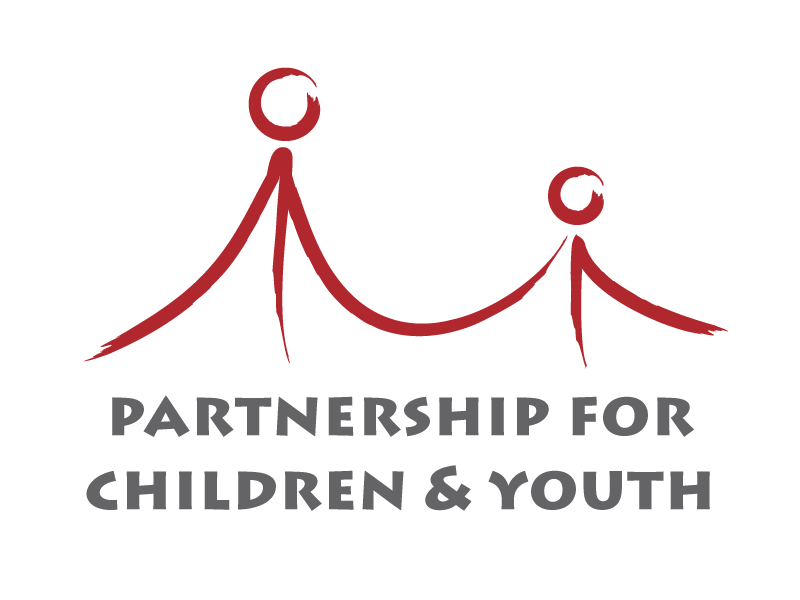[Pictured left to right: Heather Pilgrim, Superintendent of Oak Valley Union Elementary School District; Emily Gomez, former student and current afterschool instructor at Bay Area Community Resources (BACR) in Oakland; Anita Grullon Smith, Program Manager at BACR in San Rafael; Mike Taylor, Coordinator of Expanded Learning at San Rafael City Schools.]
Afterschool and expanded learning are here to stay.
Legislators and capitol staff learn about the impact of these programs.
On Thursday, February 2, state legislators and their staff packed a hearing room in the capitol building to learn from expanded learning (afterschool and summer programs) providers about the programs they’ve built for students and families in their communities. Senator John Laird and Assemblymember Kevin McCarty, two champions of expanded learning, opened the briefing. “[Expanded learning] really makes a fundamental difference…for parents, for students,” Senator Laird stated. Assemblymember McCarty followed by saying, “This is an important topic for me personally. [Afterschool and other support programs] kept my brother and I out of juvenile hall, literally.”
Four panelists shared their experiences of building expanded learning programs in their communities—often from the ground up. Heather Pilgrim, Superintendent of Oak Valley Union Elementary School District said, “[The Expanded Learning Opportunities Program] is not going away, which I am grateful for.” Initially skeptical about how she would get students to participate, Pilgrim said, “I knew to have the students come and stay after school it had to be enticing for them. And it has. Last year I had 120 students who stayed after school. Now I have on average 300. I have 570 kids in my whole school.”
“[The Expanded Learning Opportunities Program] is not going away, which I am grateful for.”
Afterschool and summer programs are so much more than just a place kids TK-12th grade go to play with their friends and get help with their homework. Governor Newsom recently called out expanded learning as a central strategy to closing opportunity gaps in his 2023-24 K-12 budget proposal summary. The Governor has dedicated $4 billion in ongoing funding to the Expanded Learning Opportunities Program (ELO-P), which far outweighs the state-funded After School Education and Safety (ASES) Program and the state-administered, federally funded 21st Century Community Learning Centers (21st CCLC) Program.
Pilgrim is using her afterschool program at Oak Valley as an opportunity for elementary and middle school students to gain skills and experience in a variety of content areas to better equip them to choose a concentration required in their high school. At San Rafael City Schools, they are using afterschool programs to bring students new experiences like dance classes and trips to the climbing gym and ceramics studio. “With this ELO-P flexible funding…we’re able to have more robust programs,” explained Mike Taylor, Coordinator of Expanded Learning. “We have these amazing opportunities that two years ago were not possible.” We’ve seen this trend with other districts that are using this new funding to provide a wider variety of enrichment activities that students may not otherwise experience. [See our recent report for more: Summer 2022: How California schools are making the most of new increased state investments.]
“We have these amazing opportunities that two years ago were not possible.”
California still faces an educator shortage. Teachers, childcare workers, and other critical education staff have not returned since the pandemic. Tapping into the expanded learning workforce could be a useful way to address these challenges. “Right now I have a few of my students who are working for me. We have kids who are just coming out of high school who say ‘Hey, Ms. Anita, can I work for you?’ Absolutely!” said Anita Grullon Smith, a Program Manager at Bay Area Community Resources (BACR) in San Rafael. These expanded learning positions provide great experience working with students, leading many to want to pursue a teaching career. Building and reinforcing the pipelines for young workers to go from afterschool and summer programs to teaching in classrooms could have positive effects across the education workforce sector. Recent high school graduate and BACR afterschool instructor Emily Gomez described a summer internship program she participated in as a high school student supporting a middle school afterschool program. “It was a challenge but it allowed me to experience what it takes to lead a lesson…and build relationships with students.” Emily Gomez spoke about her experience as both a student in the BACR program and now as part of the BACR staff in Oakland. Emily’s story highlights the importance of providing pathways for young people who want to have an impact on the lives of students not much younger than themselves. “I enjoy working with young kids and am looking forward to becoming a TK teacher.”
“I enjoy working with young kids and am looking forward to becoming a TK teacher.”
The last portion of the panel was reserved for questions and answers. Legislative staff in the audience were mostly interested in learning about the technical side of how programs work. Panelists answered questions about how staff address behavioral health issues and accessibility for students with disabilities. They shared challenges regarding the training of expanded learning staff and how they measure impact.
This briefing was co-hosted by the California Afterschool Advocacy Alliance (CA3), the Association of California School Administrators (ACSA), and the Partnership for Children and Youth (PCY).



